table of contents:
JUKI MO-654D and MO-644D Overlocker: Master threading and exploit its full potential
Thanks to their similar design, the tips and tutorials provided for the Juki MO-654D also easily apply to the MO-644D.
Dive into the world of sewing with our detailed guide to threading the JUKI MO-654D overlocker . This powerful and robust model is particularly appreciated by demanding seamstresses for its efficiency and ease of use. Thanks to its color-coded threading system, its automatic looper and integrated rolled hem, and its lower looper threading system, it is ideal for achieving professional finishes on all your projects.
This industrial-grade overlocker offers precise adjustments and great stability. It's suitable for both beginners and experienced sewers looking for a reliable and durable machine. You'll find instructions in French to guide you through the machine's use.
Putting on the JUKI MO-654D / MO-644D
Threading overlockers can be tricky the first few times, but by following this step-by-step tutorial on how to thread the JUKI MO-654D, you'll be able to handle your machine like no one else!
We also offer an explanatory video for better monitoring of threading.
Step 1: First, make sure your serger is unplugged. You will now place your four spools on the spool holders. Don't hesitate to use the spool colors printed on the machine the first time you use it to help you find your way around using the color code.
Step 2: Once you have wound the threads in their respective thread guides (phase 1), you will come to take the blue thread corresponding to the upper looper which you will pass into the s disc ues d e tensio n in the following order:


Step 3: Next you will take the red thread corresponding to the lower looper which you will pass through the tension discs in the following order:
Check that the lever is down before phases 8 and 9 then raise it for phase 10.


Step 4: Now you will take the yellow thread corresponding to the thread of the left sewing needle which you will pass through the thread guide in the following order:
Remember to pass the thread through the eye of the needle at step 8 (the yellow thread in the left needle).

Step 5: Now you will take the green thread corresponding to the thread of the right sewing needle which you will pass through the thread guide in the following order:
Remember to pass the thread through the eye of the needle in step 9 (the green thread in the right needle).

And there you have it! You've threaded your overlocker, now you can sew!

Here is the result you will get on the right side and wrong side of your seam:


What are the features of the JUKI MO-654D?
- Sewing speed : 1500 stitches/min
- Number of threads : 2/3/4 for overlock
- Stitch length : up to 4 mm
- Overlock width : 6 mm (left needle), 4 mm (right needle)
- Rolled edge width : 2 mm
- Length and width adjustment
- Adjustable differential for working with all materials
- LED lighting for optimal visual comfort
- Heavy-duty upper and lower knives for a clean cut
- Easy threading with automatic threader and color coding
- Quick-to-activate integrated rolled hem
- Solid needle plate
- Universal presser foot for sewing all types of fabrics
This overlocker features a proven system that ensures flawless overlock stitching. Thanks to the adjustable foot pressure, it can adapt to the thickness of your fabrics, even the thinnest or densest.
What are the opinions on the JUKI MO-654D?
Users praise this machine for its reliability , robustness , and performance . Its price-performance ratio is considered one of the best on the market. It is often cited as the best overlocker in its range, for both beginners and experienced seamstresses. The quiet operation and precision of the finishes are also highly appreciated points.
How to adjust the thread tension?
Tension adjustment is essential for achieving a neat and strong result. With the MO-654D , each thread has its own easy-to-use adjustment knob. The system is clear and the tensions are individually adjustable, giving you precise control. This level of control is comparable to that found on a Juki flatbed stitcher , renowned for its precision and reliability in professional sewing work. The included manual effectively guides you through setting the adjustable thread tension according to the type of fabric being used.
What accessories are needed for the JUKI MO-654D?
The overlocker comes with a standard presser foot , tweezers , a looper threader , a waste container , and a protective cover . You can also invest in an 8-foot kit to expand your decorative and technical sewing possibilities. These accessories allow you to change the foot depending on the job.
How to make a rolled hem?
The integrated rolled edge allows you to finish the edges of your fabrics with finesse for a beautiful decorative effect. Simply activate the dedicated lever to activate the function. Adjust the stitch length and foot pressure , lower your blind stitch presser foot if necessary, and let the machine achieve a perfect finish.
What is the difference between JUKI models?
The MO-654D stands out for its automatic looper , easy threading and robustness . It is more complete than models like the JUKI MO-50EN machine , while remaining accessible. It is positioned as an ideal overlocker for a seamstress wishing to equip herself with an industrial-type machine for the home. Thanks to its proven system and its reinforced needle plate , it ensures durable sewing on all types of fabric.
If you are looking for a versatile, high-performance and reliable overlocker, the JUKI MO-654D is an excellent investment for worry-free sewing.

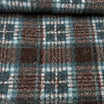
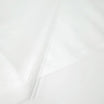

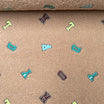
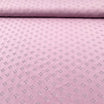
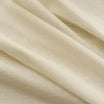
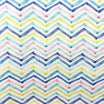




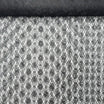
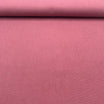
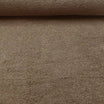

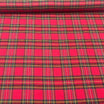
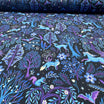
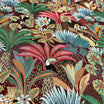
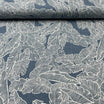

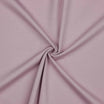
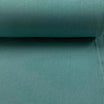
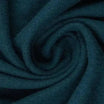
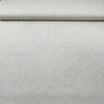


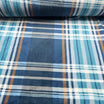
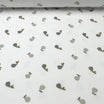
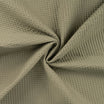


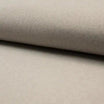




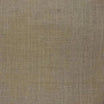
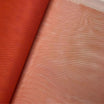
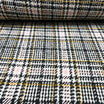
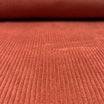
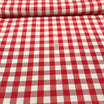


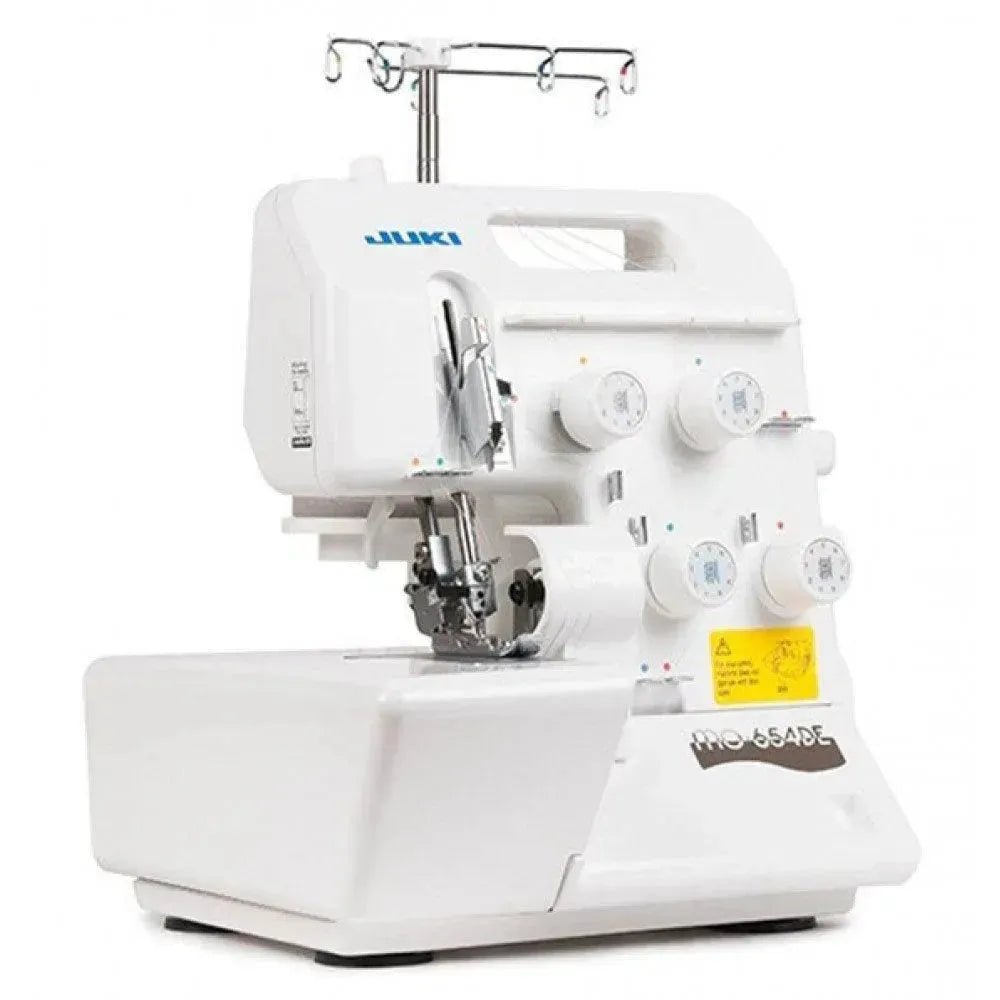
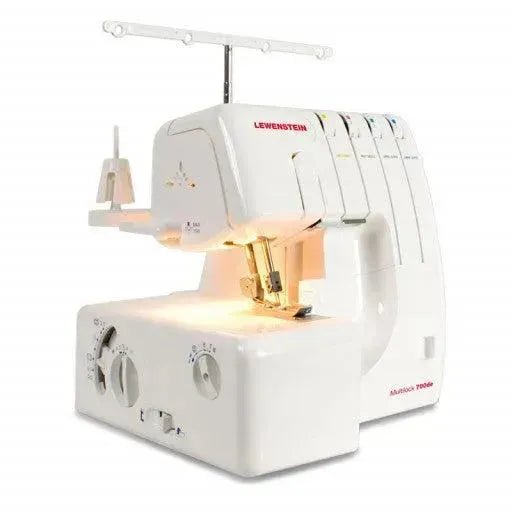
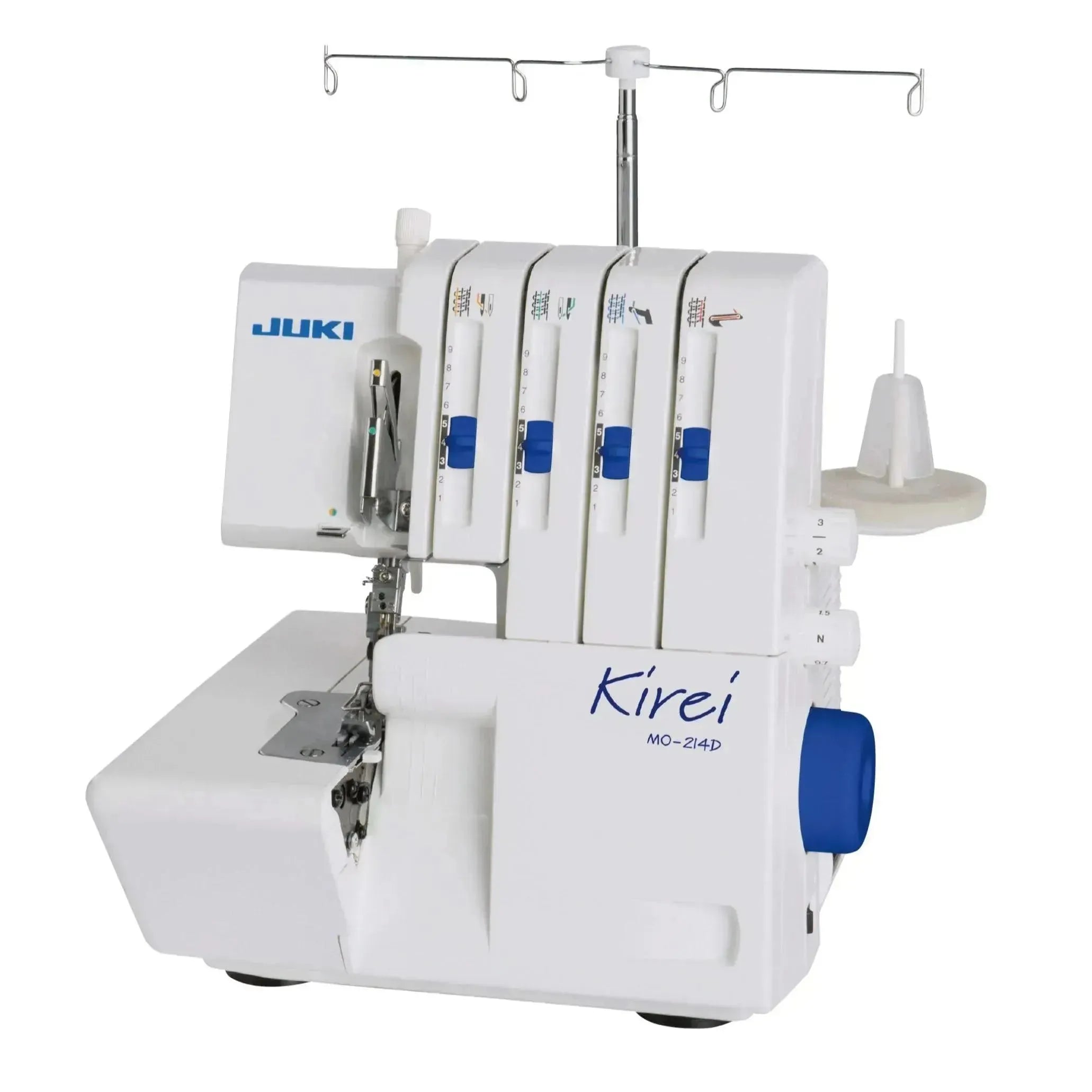
Leave a comment
All comments are moderated before being published.
This site is protected by hCaptcha and the hCaptcha Privacy Policy and Terms of Service apply.